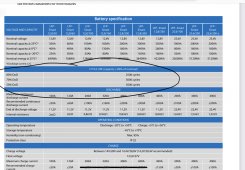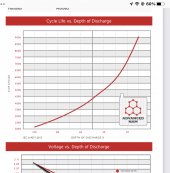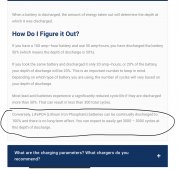Bluedog225
Texas
- Joined
- Nov 18, 2019
- Messages
- 3,299
I saw some disturbing charts regarding the correlation between depth of discharge and cycle life which made me second guess my investment in server rack batteries.
The specs on currentconnected.com are pretty robust.
I don’t know which is accurate. My plan was to run my batteries to 80+ discharged daily during summer months. About 120 days.
Maybe SOK are better cells? The difference between 2000 cycles and 7000 is significant.
Any thoughts?
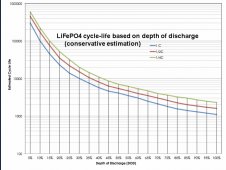
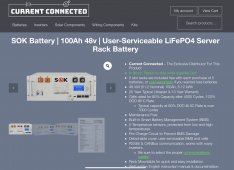
The specs on currentconnected.com are pretty robust.
I don’t know which is accurate. My plan was to run my batteries to 80+ discharged daily during summer months. About 120 days.
Maybe SOK are better cells? The difference between 2000 cycles and 7000 is significant.
Any thoughts?






